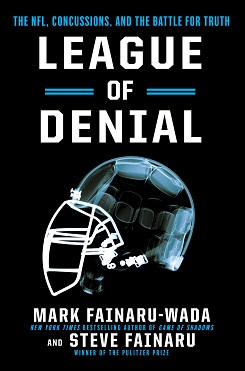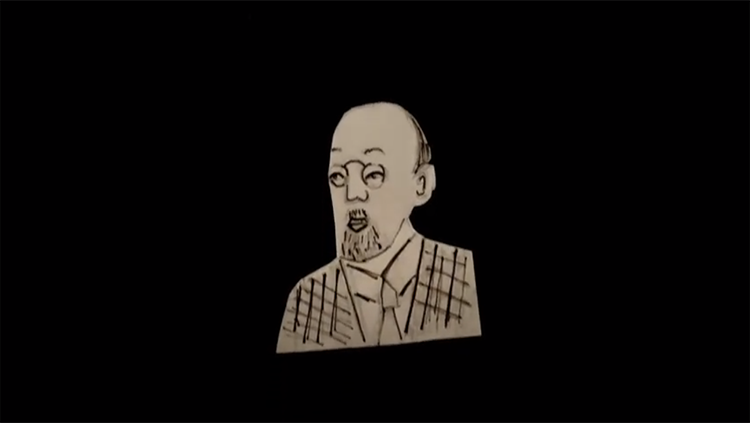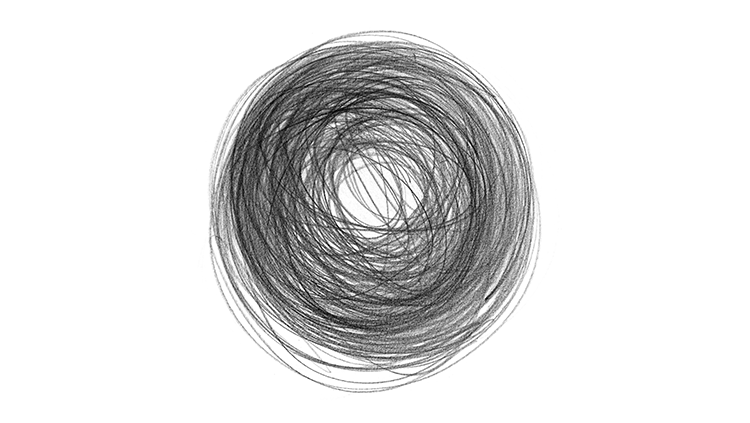Keeping Our Eye on the Ball: NFL Concussion Crisis
- Published2 Oct 2014
- Source The Dana Foundation
Media coverage of Ray Rice, Adrian Peterson, and other lesser-known National Football League (NFL) players involved in domestic abuse cases has pushed the larger problem facing the game — chronic traumatic encephalopathy (CTE) — to the back burner.
In a recent New York Times column, writer Michael Powell notes that barely anyone noticed “the John Abraham sideshow down in Phoenix.” Abraham, a 36-year-old veteran linebacker, suffered a concussion in the season’s first game. Afterward, ESPN reported that he had been struggling with memory loss for more than a year.
After Abraham said that he felt a “waning desire” to play and his “blood lust draining away,” he “trotted off to the neurologist to get cleared to play,” reported Powell.
Hardly anyone noticed when just a week or so ago, the NFL, which for years disputed evidence that its players had a high rate of severe brain damage, stated in federal court documents that it expects nearly a third of retired players to develop long-term cognitive problems and that the conditions are likely to emerge at “notably younger ages” than in the general population.
President Obama has said that if he had a son of high school age, he wouldn’t let him play football because of concussions. Not only have several notable NFL veterans echoed that sentiment, but parents seem to be reacting as well. Between 2010 and 2012, Pop Warner saw 9.5 percent decline in participation, a sure sign that the concussion crisis that began in the NFL is trickling down to the lowest rungs of the sport.

Still, there are naysayers who need absolute proof. One is Philip Stieg, M.D., Ph.D., neurosurgeon-in-chief at the New York-Presbyterian Weill-Cornell Medical Center and a neuro-trauma consultant on the sidelines of NFL games. With the CTE issue far from settled and another NFL season underway, I asked him to review League of Denial: The NFL, Concussions, and the Battle for the Truth, for Cerebrum.
The book, excerpted in both Sports Illustrated and ESPN the Magazine (a very rare occurrence) and the subject of a PBS Frontlines program, traces the evolution of the CTE issue.
Stieg commends the authors for “their compilation of data and description of circumstances that although flavored, are accurate.” But he believes more research needs to be performed on “live” subjects. He points out “that both the incidence of CTE and its casual relationship with concussions are controversial issues, and the science behind them is still unfolding.”
Apparently, he would allow his son to play football and would tell John Abraham that, despite the fact that you may not remember which team you play for, if the team doctor approves, get back on the field.
—Bill Glovin
CONTENT PROVIDED BY
The Dana Foundation is a private philanthropic organization that supports brain research through grants and educates the public about the successes and potential of brain research.
Also In Injury
Trending
Popular articles on BrainFacts.org


















